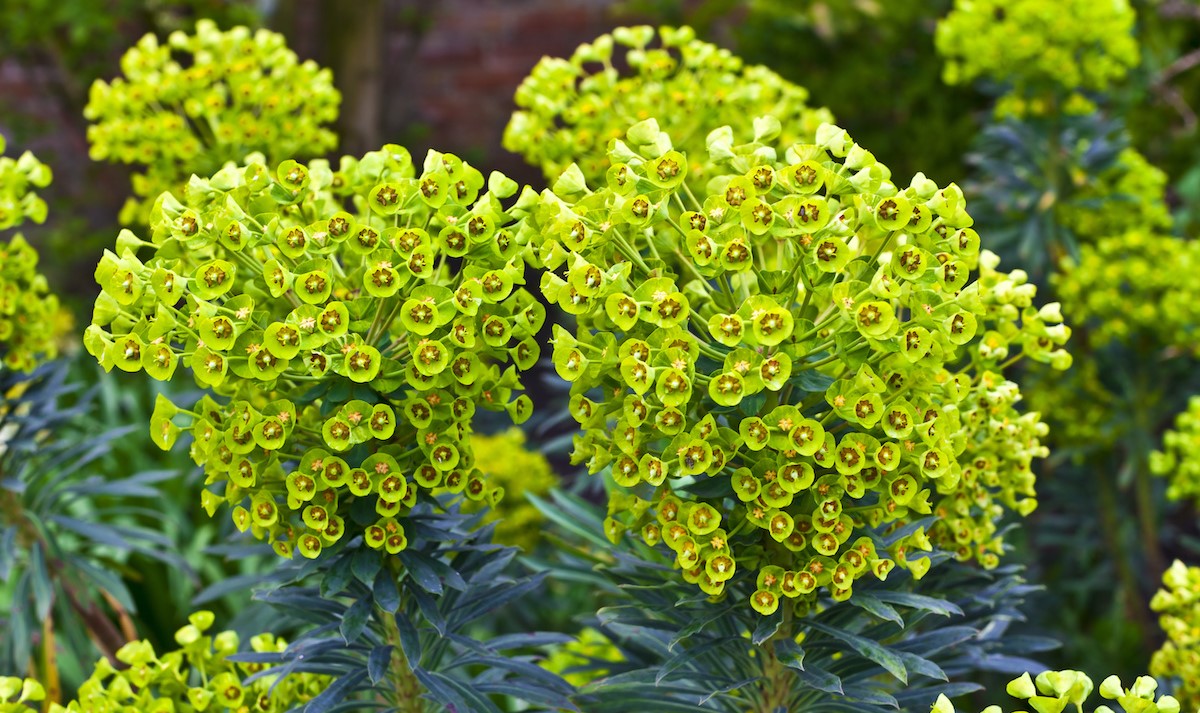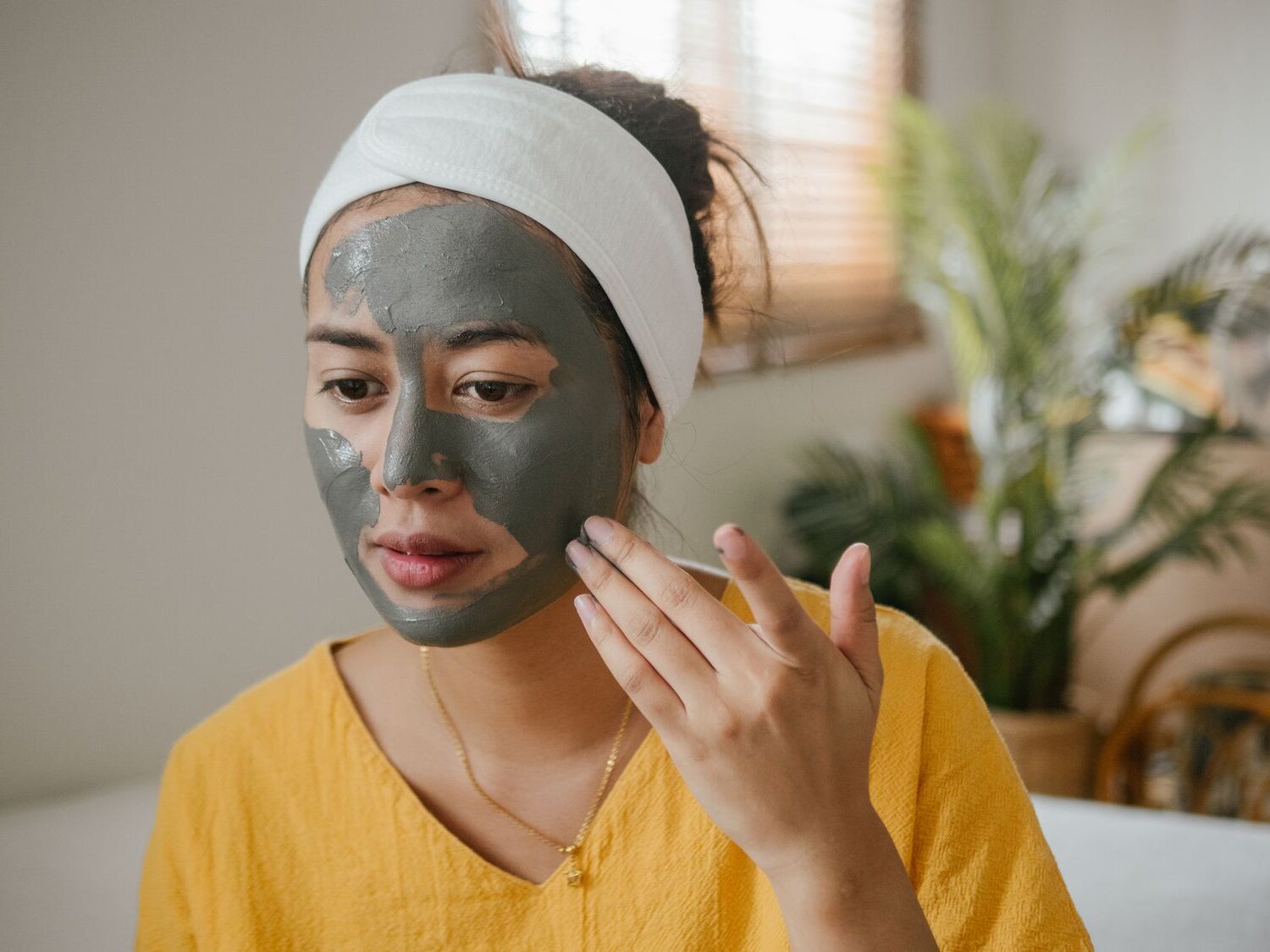
When it comes to unique and fascinating plants, Euphorbia takes the spotlight. This diverse genus of flowering plants encompasses approximately 2,000 species, each possessing its own distinctive characteristics.
In this article, we will delve into the captivating world of Euphorbia and explore 20 intriguing facts about these remarkable plants. From their unusual growth habits to their diverse range of shapes and colors, Euphorbia plants never fail to amaze botany enthusiasts and casual observers alike.
So, prepare to be captivated as we uncover the wonders of Euphorbia and discover why these plants are truly one of nature’s hidden gems.
Key Takeaways:
- Euphorbia plants are diverse, resilient, and have unique uses. They come in various colors, have medicinal properties, and play a role in traditional rituals. They are also attractive to pollinators, supporting biodiversity.
- Some Euphorbia species are toxic, invasive, and have unusual growth patterns. They are used in xeriscaping, traditional crafts, and even as natural pesticides. Their succulent nature allows them to thrive in arid conditions.
Euphorbia is the largest genus of flowering plants.
Euphorbia is a diverse genus comprising over 2,000 species, making it the largest group of flowering plants. They are found in various habitats around the world, from forests to deserts.
Euphorbia plants are succulents.
Many Euphorbia species possess fleshy stems or leaves to store water, allowing them to survive in arid conditions. This adaptation makes them part of the succulent family.
Some Euphorbia species are known for their toxic sap.
The milky sap found in some Euphorbia plants contains toxic compounds that can cause skin irritation and other adverse effects. It is important to handle these plants with caution.
Euphorbia has a wide range of growth habits.
From small, compact shrubs to towering tree-like forms, Euphorbia exhibits a diverse array of growth habits. This makes them suitable for various landscaping and gardening purposes.
The poinsettia is a popular Euphorbia species.
Poinsettias (Euphorbia pulcherrima) are well-known for their vibrant red bracts, which are often mistaken for flowers. They are commonly used as decorative plants during the holiday season.
Euphorbia can be found on every continent except Antarctica.
These resilient plants have managed to establish themselves in diverse climates and regions worldwide. They can be found in North and South America, Europe, Africa, Asia, and Australia.
Euphorbia plants have unique flower structures.
The flowers of Euphorbia plants are highly modified and differ from typical flowers. They are often surrounded by colorful bracts that resemble petals, providing an interesting visual display.
Some Euphorbia species have medicinal properties.
Certain Euphorbia plants have been used in traditional medicine for their healing properties. They are believed to possess anti-inflammatory, analgesic, and antimicrobial effects.
Euphorbia plants have been used in folk rituals and cultural practices.
Throughout history, different cultures have incorporated Euphorbia plants into their rituals and traditions. They have been used for spiritual purposes, protection against evil spirits, and even as offerings.
Euphorbia plants are known for their remarkable drought tolerance.
Due to their succulent nature and water-storing capabilities, many Euphorbia species can survive in dry and arid environments with minimal water requirements.
Euphorbia plants come in a wide variety of colors.
From vibrant greens to deep purples and even variegated patterns, Euphorbia offers a diverse range of colors that can add visual interest to any garden or landscape.
Some Euphorbia species are invasive in certain regions.
While Euphorbia plants can be beautiful additions to gardens, some species have become invasive in certain parts of the world. They can outcompete native plants and disrupt local ecosystems.
Euphorbia plants play a role in traditional medicine practices in Africa.
In many African countries, various Euphorbia species are used in traditional medicine to treat ailments such as stomachaches, skin conditions, and respiratory issues.
Euphorbia resin has been used in traditional fumigation.
The dried resin of certain Euphorbia species has been burnt as incense or fumigated to dispel negative energies and purify the air during traditional rituals and ceremonies.
Euphorbia plants have been used as natural pesticides.
The latex found in Euphorbia plants contains compounds that possess insecticidal properties, and as such, these plants have been used for pest control in some agricultural practices.
Some Euphorbia species have unusual growth patterns.
Certain Euphorbia plants exhibit unique growth patterns, such as branching in intricate geometric arrangements or forming spiraling columns, adding an element of fascination to their appearance.
Euphorbia plants are often used in xeriscaping.
Due to their ability to thrive in low-water conditions, many Euphorbia species are favored in xeriscaping, a landscaping technique that focuses on water conservation.
Euphorbia plants have been used for dyeing purposes.
The sap or extracts from certain Euphorbia species have been used to create natural dyes, producing colors that range from yellow and orange to red and brown.
Euphorbia plants are attractive to pollinators.
The unique flowers and bracts of Euphorbia species serve as a magnet for various pollinators, including bees, butterflies, and birds, helping to support biodiversity in ecosystems.
Euphorbia plants have been used for traditional crafts.
In some cultures, the stems and branches of Euphorbia plants have been utilized to create baskets, furniture, and even musical instruments, showcasing the versatile nature of these plants.
Conclusion
Euphorbia is a fascinating genus of plants, with over 2,000 known species. From their diverse and unique appearances to their intriguing adaptations, there is no shortage of captivating facts about Euphorbia. Whether you’re a plant enthusiast or simply intrigued by the wonders of nature, exploring the world of Euphorbia is sure to leave you in awe.
These remarkable plants display a stunning array of colors, shapes, and sizes, making them a popular choice for both indoor and outdoor gardens. Their ability to thrive in various climates and habitats is a testament to their resilience and adaptability.
Not only are Euphorbia plants visually appealing, but they also possess medicinal properties. Some species have been used for centuries in traditional medicine for their healing properties. Additionally, Euphorbia plants play a crucial role in the ecosystem, providing food and shelter for various animals and insects.
Exploring the world of Euphorbia can be a truly enriching experience. Whether you’re learning about their unique morphological features or their cultural significance in different parts of the world, the more you discover about these plants, the more you’ll appreciate their wonders.
FAQs
1. Are Euphorbia plants easy to care for?
Euphorbia plants are generally low-maintenance and easy to care for. However, it is important to note that different species have varying care requirements. It’s crucial to research the specific needs of the Euphorbia plant you have to ensure it thrives in your care.
2. Can Euphorbia plants be kept indoors?
Yes, many species of Euphorbia can be kept indoors. They can make excellent additions to your indoor plant collection as long as they are provided with the right amount of sunlight, water, and suitable growing conditions.
3. Are Euphorbia plants toxic?
Yes, many Euphorbia plants contain a milky sap that can cause skin irritation and be toxic if ingested. It’s essential to handle these plants with care and keep them out of reach of children and pets.
4. How often should I water my Euphorbia plant?
Euphorbia plants have different water requirements depending on the species and the environmental conditions. It’s important to let the soil dry out between waterings and avoid overwatering, as excessive moisture can lead to root rot.
5. Can Euphorbia plants be propagated?
Yes, Euphorbia plants can be propagated through various methods such as stem cuttings, division of root systems, or by sowing seeds. Understanding the specific propagation requirements for each species is important for successful plant propagation.
6. Do Euphorbia plants require a specific type of soil?
Euphorbia plants generally prefer well-draining soil that is slightly acidic to neutral. A mixture of potting soil, perlite, and sand can provide the ideal growing medium for these plants.
7. Can Euphorbia plants be grown outdoors?
Yes, many Euphorbia species can be grown outdoors in suitable climates. It’s important to consider the temperature, sunlight exposure, and water requirements specific to the species you are growing.
Euphorbia's captivating world doesn't end here! Dive deeper into the fascinating realm of this diverse plant genus. Uncover the intriguing facts about Euphorbia milii, a species known for its vibrant blooms and unique characteristics. Explore the mindblowing aspects of Euphorbia that showcase its incredible adaptability and resilience. Lastly, delve into the captivating details of Euphorbia milii, a plant that never fails to amaze with its striking appearance and interesting features. Continue your journey through the wonderful world of Euphorbia and expand your knowledge with these engaging articles.
Was this page helpful?
Our commitment to delivering trustworthy and engaging content is at the heart of what we do. Each fact on our site is contributed by real users like you, bringing a wealth of diverse insights and information. To ensure the highest standards of accuracy and reliability, our dedicated editors meticulously review each submission. This process guarantees that the facts we share are not only fascinating but also credible. Trust in our commitment to quality and authenticity as you explore and learn with us.


